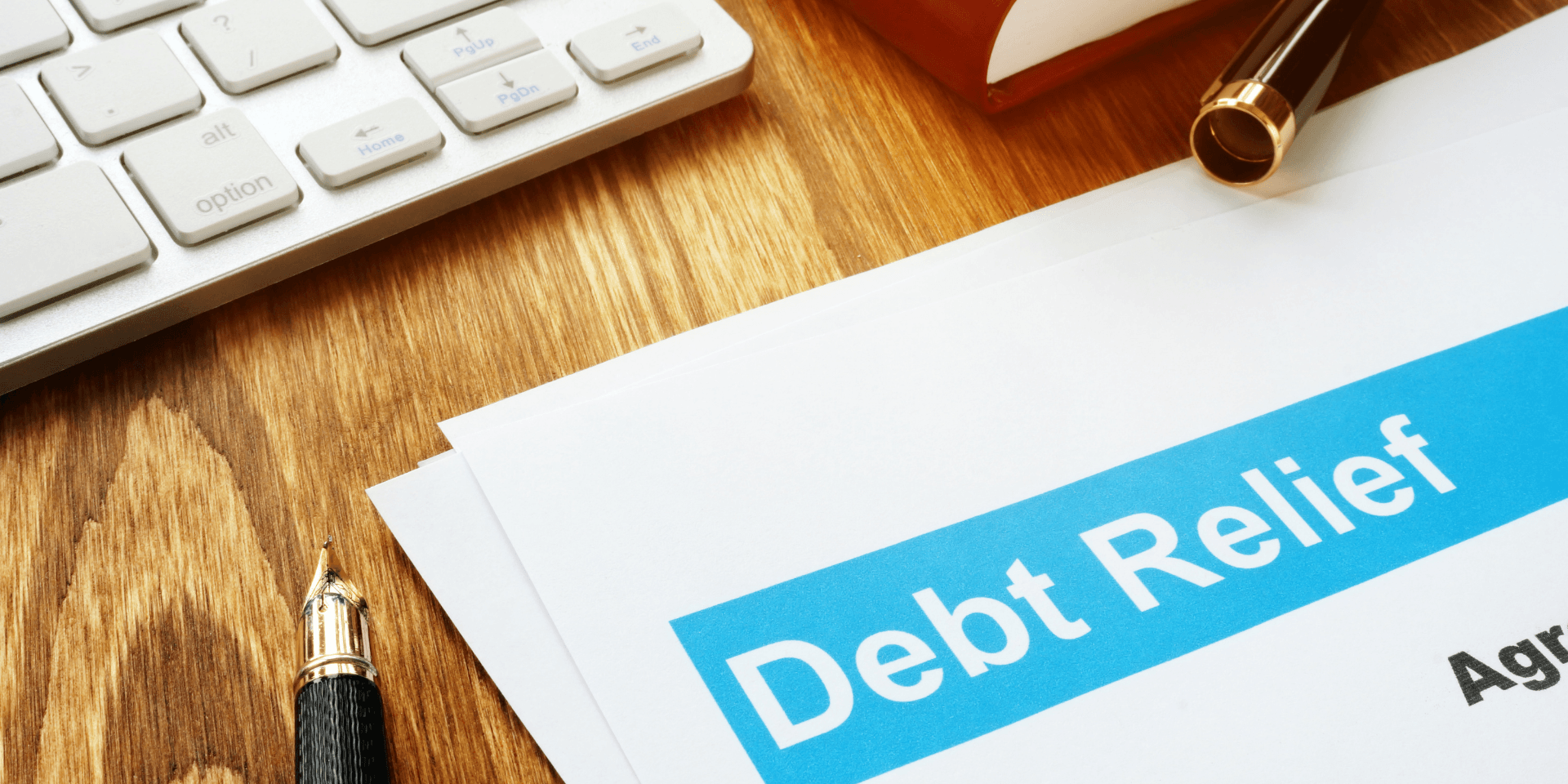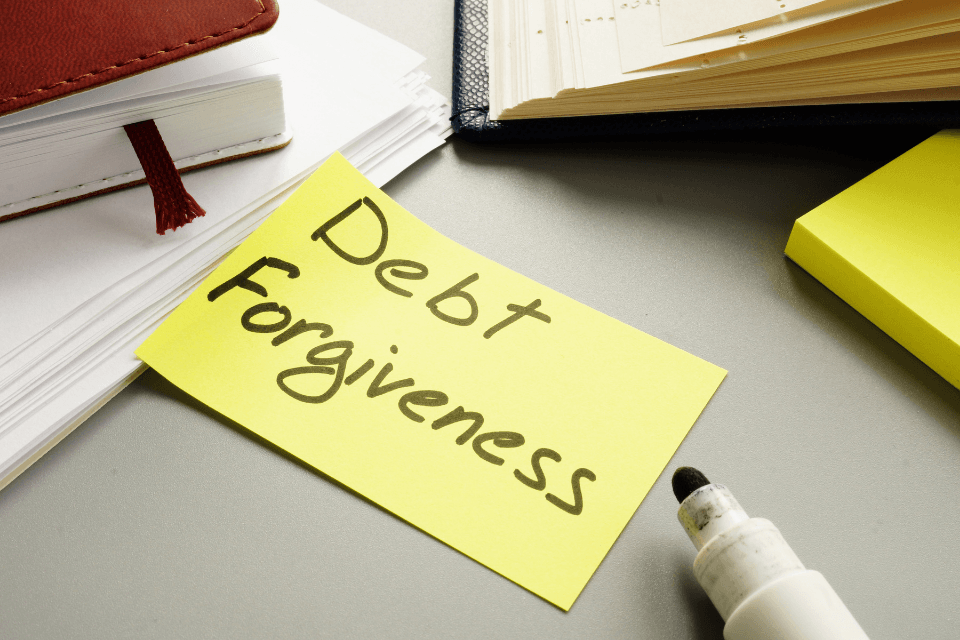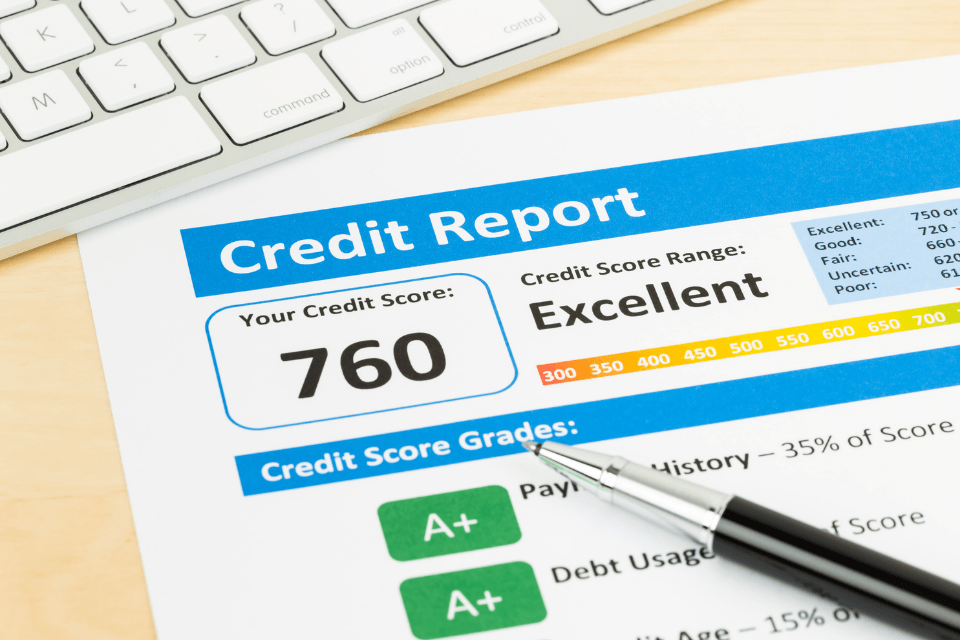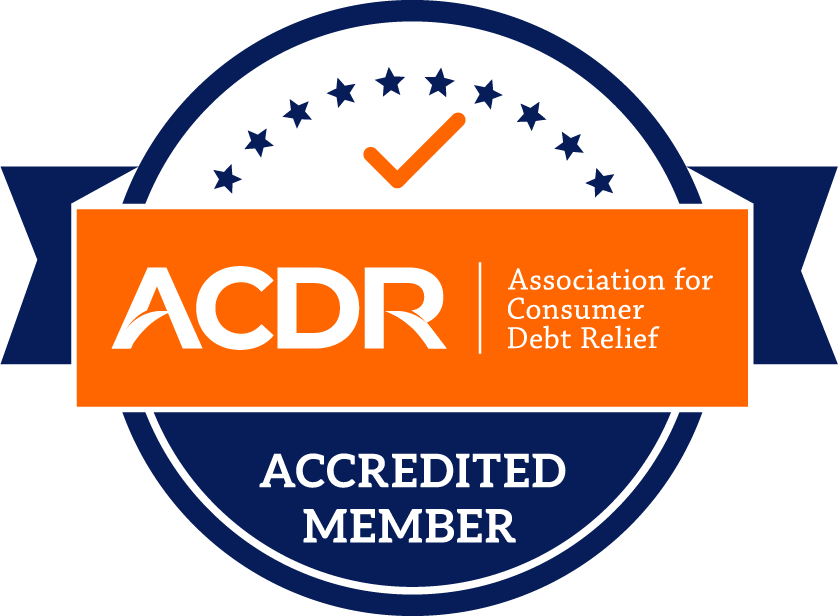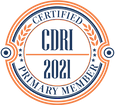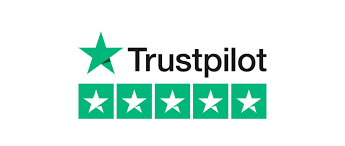Other options for relief
When you’re not sure you need professional help, there are other options you can use to find debt relief help. Keep in mind that debt relief is what any solution that gives you a cheaper, easy, or fast way to get out of debt is referred to as. There are plenty of do-it-yourself debt relief plans to consider besides formal debt relief programs. You can work directly with a creditor or lender to find a debt relief solution you can afford.
Deferment
With the debt relief help of deferment, you are allowed to temporarily suspend your debt payments. Without incurring penalties you get your lender’s approval to pause your monthly payments. A great thing about this debt relief option is that it also doesn’t negatively affect your credit at all.
Except in specific circumstances, during deferment interest charges still accrue. For example
- You defer the payment of your federal student loan until you leave school if it is subsidized. While you attend school, your great government pays interest charges.
- The payments are deferred if your loans are unsubsidized, and then conversely they are deferred but interest charges do accrue. This means that while you attend school the amount you owe increases.
It is most common on student loans that deferment is applied to. Other types of debt, however, can possibly be deferred as well. The only thing that is required for this type of debt relief help is the lender’s approval. Give your servicer a call to inquire if they offer debt deferment. If you can’t make your payments because you’ve had a temporary setback, then this is a good debt relief option for you to explore.
Forbearance
Similar to deferment is a debt relief solution called forbearance. Monthly payments are entirely suspended or reduced via the lender’s agreement. Deferment periods are generally longer than forbearance periods. When you first experience financial hardship, if you contact the lender they will typically grant you forbearance. Start New Financial advises you to request forbearance BEFORE you fall behind if you think you won’t be able to make your payments.
It is typical for mortgages and student loans, the type of debt relief help that is forbearance. Even with subsidized federal student loans, interest charges almost always accrue unlike in deferment. To qualify for forbearance is usually easier than it is for deferment. Credit card debt and other types of debt can also work in forbearance.
Refinancing
Refinancing permanently changes a loan, while forbearance and deferment for a period of time just change your payment schedule. Lowering the interest rate applied to the debt is the goal of the debt relief help of refinancing. Refinancing also generally provides other benefits, such as lower monthly payments.
Over the length of your debt’s term you are able to save money with this debt relief help because your rate was lowered.
- Private student loans, auto loans, and mortgages are some of the debt that can be refinanced. Your credit score is what qualifies you for a new interest rate. You may have to pay closing costs once again if you refinance a mortgage.
- Student loans have no federal program available to refinance them; a private lender is what you must go through in order to refinance such.
- It is simply known as interest rate negotiation when you lower the rate on a credit card in debt relief.
Only when you can qualify for a lower rate is the debt relief help of refinancing the right choice. For this, your credit score must have improved since the time the loan was solicited by you. Other factors can affect your interest rate as well, which you should keep in mind. For instance, the Federal Reserve raises rates in a strong economy. Refinancing is made a less beneficial debt relief scheme by this.
Settlement Agreements
In this type of debt relief you settle your debt for less than you owe, similar to a debt settlement program. However, multiple debts are handled at once through a settlement company in a settlement program. In settlement agreements, it is on your own that you negotiate settlement agreements with your collectors or individual creditors.
There are two ways to set up individual settlement agreements:
- A collector sends you a settlement offer to negotiate a settlement.
- A collector accepts a settlement offer you send them.
Debt forgiveness
Loan Modification
The terms of a loan agreement are permanently changed with a loan modification, much like with refinancing. A modification can change the length of the term or the principal amount, while refinancing reduces the interest rate. You can also switch from a fixed rate to an adjustable one. Most of the time, you modify it to get lower payments or to fit your needs.
The most common types of loan modification are mortgages. Modification matches the principal to the property value if your home is worth less than the remaining mortgage balance. During the mortgage crisis in 2008, modifications were rampant. The federally subsidized modification program (HAMP) however ended as of January 1, 2017, resulting in less modifications.
Workout arrangements
Setting up a repayment plan with an individual creditor is called a workout arrangement. Credit cards are the only ones eligible for this debt relief option. When you want to avoid a charge-off if you fall behind, the creditor will set up a payment plan you can afford after they first freeze your account.
The creditor will “re-age” your account in some cases. They bring your account current by telling the credit bureaus to remove late payments. Any damage to your credit score caused by missed payments is removed by this.
Voluntary Surrender
Giving up property that is attached to a loan as collateral is called voluntary surrender. You get out of the loan agreement like this. In an auto loan, for instance, the phrase ‘voluntary surrender’ specifically refers to giving up a vehicle to get out of the (auto) loan. Voluntary repossession is also another way to put it.
To avoid foreclosure on your home, you can also use a voluntary surrender option that is there for that. The name for it is deed-in-lieu of foreclosure. During the mortgage crisis of 2008, this was such a common debt relief option for American homeowners. Homeowners were allowed to make a clean break and avoid foreclosure with programs like ‘cash for keys’ that were offered by many lenders.
You must be aware that it doesn’t mean you avoid credit damage when you use voluntary surrender. It will hurt your credit the fact that your obligation to repay the loan still was not met by you.
Deficiency judgments may also be faced by you. To cover their losses, voluntary surrender allows the lender to sell the property. But the lender still retains the right to sue you for the difference if the sale doesn’t cover the full balance.

